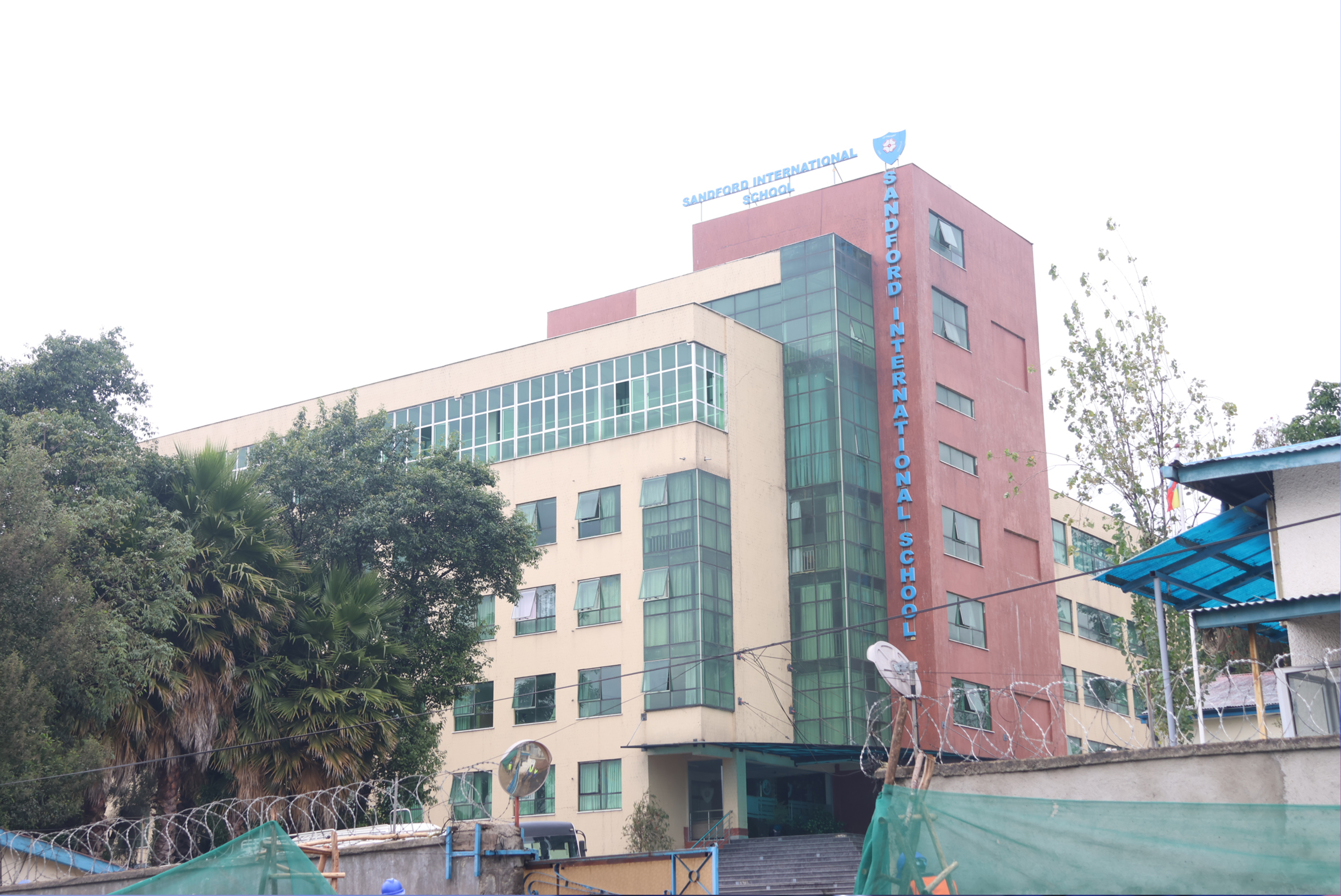
Radar | Aug 27,2022
Nov 21 , 2018
Addis Abeba city administration inaugurated eight water wells at a cost of 1.2 billion Br on Saturday, November 18, 2018. The wells are located at Kilinto, Keye Fechi and Tuludimitu areas.
Built by the City Water & Sewerage Authority, the wells began pumping several weeks ago and are expected to supply potable water to 440,000 residents of the city. The wells have been under construction since 2013 by the local firm, Aser Construction, and the Chinese CGCOC Group Co, Ltd.
Aser had previously constructed the Bole Ring Road Utility Line; Gelan Waste Treatment Plant; Yeka Abbado road project; and installed the pipe, fitting and completed the civil work of Kilinto and Koye Fechi projects. The construction project created job opportunities for 50 permanent and 150 temporary workers, according to Abdrezak Bedru, engineering department manager of Aser Construction.
Asser accomplished its part of the project at a cost of 330 million Br.
The electro-mechanical work of the project was completed by CGCOC, which had previously executed the construction of the Ethiopian Glass Factory and the Nile River Bridge Project. It is currently working on the Addis Africa International Exhibition & Convention Center.
“The new water projects pump 44,000 cubic meters of water a day from eight water wheels,” said Estifanos Bisrat, the Authority’s communications director.
The Authority used to deliver tap water to Koye Fechi, Tulu Dimetu and Kilinto residents from Aqaqi River, east of Addis Abeba.
“We have been unable to finish the new water projects on time because of the shortage of foreign currency,” Estifanos told Fortune.
The Authority is still undertaking the construction of North-South Ayata Fenta project, which has the capacity of producing 68,000 cubic meters a day. The Authority is also working on phase-two of the Legedadi Water Supply Project, which will generate 86,000 cubic meters of water a day. The Gerbi dam project is also in the pipeline, which is expected to produce 73,000 cubic meters a day.
The Authority currently supplies 525,000 cubic meters of water daily, which only satisfies 60pc of the city’s demands.
The water from the water wells has already started flowing into taps in some residential areas.
“Previously, there was a high shortage of water problem,” said Mesfin Ali, a father of two kids who lives in Tulu Dimtu condominium. “We used to get water only once a week.”
“After the new project started working, we are now getting five or six days of water a week,” Mesfin told Fortune.
On the national level, 42pc of the population does not have access to potable water, while properly managed water reaches only 10pc of the total population, according to a joint WHO and UNICEF reports.
Experts suggest that the city should minimise wastage of water that occurs en route, before it reaches the taps.
“As important as it is constructing these projects, the Authority should focus on delivering long-lasting solutions,” said Adey Feleke (PhD), an assistant professor at Addis Abeba University’s College of Natural Science’s Environmental Biotechnology Department who has researched wastewater quality, told Fortune.
The expert also suggests the public needs to be cautious of the water usage.
“The public needs to separate the water it uses for drinking and cleaning purposes,” Adey said.
A 132-year-old city, Addis Abeba built its first water plant at the foot of Entoto in 1938, and six years later Gefersa Dam was completed. Gefersa remains the source of the largest water supply for the city.
Addis Abeba hosts 30pc of the country’s urban population. It has an estimated population of over four million, according to the United Nations Human Settlements Programme (UN-Habitat). With a population growth rate of 3.8pc, this figure is expected to rise to five million by 2030.
PUBLISHED ON
Nov 21,2018 [ VOL
19 , NO
969]

Radar | Aug 27,2022

Radar | Jul 24,2021

Fortune News | Jul 26,2025

Radar | Mar 14,2020

Radar | Apr 16,2022

Radar | Jun 18,2022

Radar | Nov 23,2019

In-Picture | Nov 16,2024

Radar | Mar 07,2020

Agenda | May 16,2020

Dec 22 , 2024 . By TIZITA SHEWAFERAW
Charged with transforming colossal state-owned enterprises into modern and competitiv...

Aug 18 , 2024 . By AKSAH ITALO
Although predictable Yonas Zerihun's job in the ride-hailing service is not immune to...

Jul 28 , 2024 . By TIZITA SHEWAFERAW
Unhabitual, perhaps too many, Samuel Gebreyohannes, 38, used to occasionally enjoy a couple of beers at breakfast. However, he recently swit...

Jul 13 , 2024 . By AKSAH ITALO
Investors who rely on tractors, trucks, and field vehicles for commuting, transporting commodities, and f...

Oct 18 , 2025
The political establishment, notably the ruling party and its top brass, has become p...

Oct 11 , 2025
Ladislas Farago, a roving Associated Press (AP) correspondent, arrived in Ethiopia in...

Oct 4 , 2025
Eyob Tekalegn (PhD) had been in the Governor's chair for only weeks when, on Septembe...

Sep 27 , 2025
Four years into an experiment with “shock therapy” in education, the national moo...